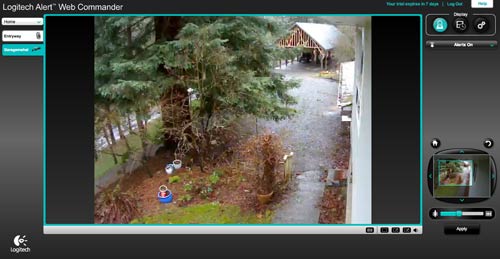
Pairing the device with Philips Hue bridge was painless. So let’s see if my expectations will be fulfilled… Experimental set-up In other words, I would not expect any problems adding this dimmer to my Philips Hue bridge. My expectation is that this dimmer should identify itself as a dimmable light and work the same way as a Sunricher dimmer or any Philips Hue, IKEA Trådfri, Osram Smart+ or other dimmable ZigBee bulb.

And which, by the way, seems to be replaced soon by this Wiser Basic Hub. This dimmer is ZigBee-certified and should work with any ZigBee-gateway (like Philips Hue or IKEA Trådfri) as well as their own Wiser Gateway, which was also introduced in Denmark this week. Lauritz Knudsen by Schneider Electric just released a range of new ZigBee-based products for the Danish market, and today I got my hands on the LK Fuga Wiser Wireless Dimmer: LK Fuga Wiser Wireless Dimmer as shown everywhere. Posted in IoT, Linux, openHAB, Raspberry Pi | Leave a reply LK Fuga Wiser Wireless Dimmer hands-on The last part is important as this increases the chance of actually catching the small rodents when traps are always operational and loaded with bait. Since then caught 3-4 mice and quickly reloaded traps at least as many times without a successful hit. I started using this setup in October 2020. It’s connected through Wi-Fi, not Ethernet. The Raspberry Pi Zero WH with HAT uses ~0.6 W in this configuration.

Every seven hours a payload will be sent even if sensor wasn’t triggered. The script will parse this and use MQTT to inform openHAB about any state changes for mousetrap triggered, temperature and battery voltage (converted to approximate level in percent).
#Logitech alert commander openhab serial#
The Pi will listen to serial communication with a small Python script and receive a small JSON payload from the microcontroller: So I just let it touch my old-fashioned mousetrap, and when the trap is moving, the sensor will be triggered and send a small packet to the Raspberry Pi Zero WH. It is based on a microcontroller connected to a HAT on a Raspberry Pi Zero WH which acts as a gateway for this custom long-range RF communication: After complaining about this at a Christmas party, a friend of mine, Thomas Jørgensen, came to the rescue with a custom-made hardware solution. I researched online, but was not able to find any attractive solutions. To accommodate both problems and optimize the “mousetrap operational uptime” I wanted/needed a connected mousetrap. This has (also) left the mousetrap out of function for longer periods. In other cases a mouse has successfully eaten the bait without having been caught.This is a quite undesired discovery when finally checking. In some cases a mouse has been caught and left for weeks or even months unnoticed.This has spawned two problems based on mousetraps not being checked systematically or frequently:

Bothered by mice living in our attic, we have set up simple mousetraps and caught multiple mice every winter.


 0 kommentar(er)
0 kommentar(er)
